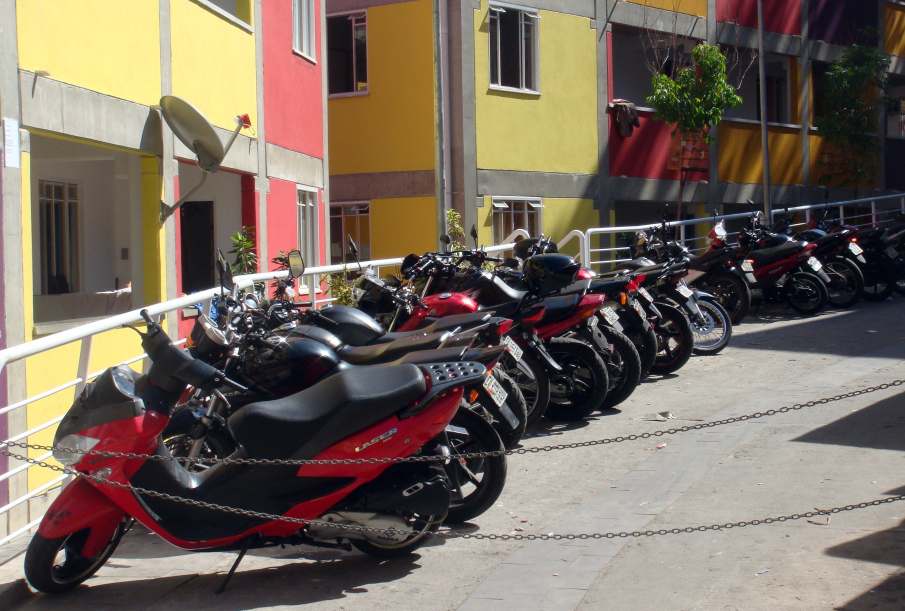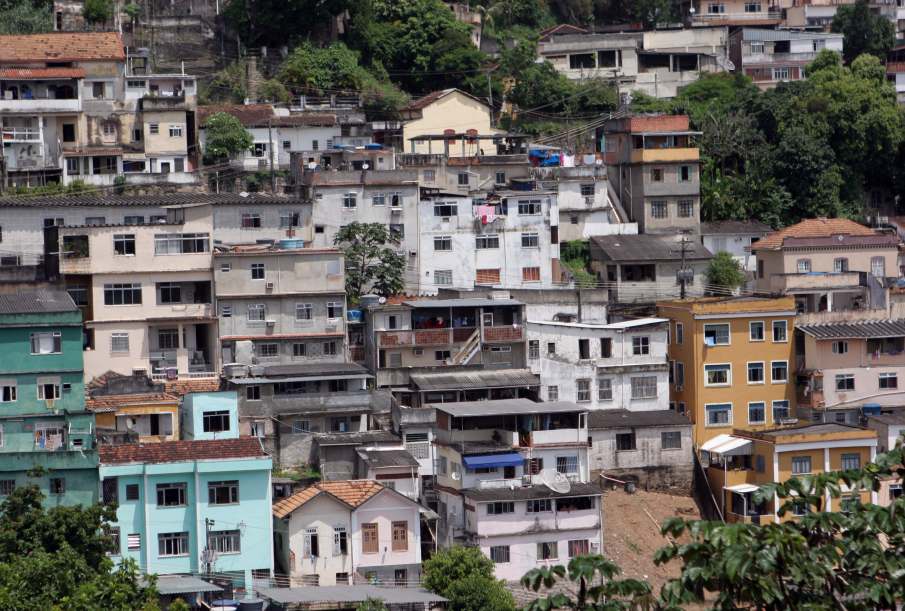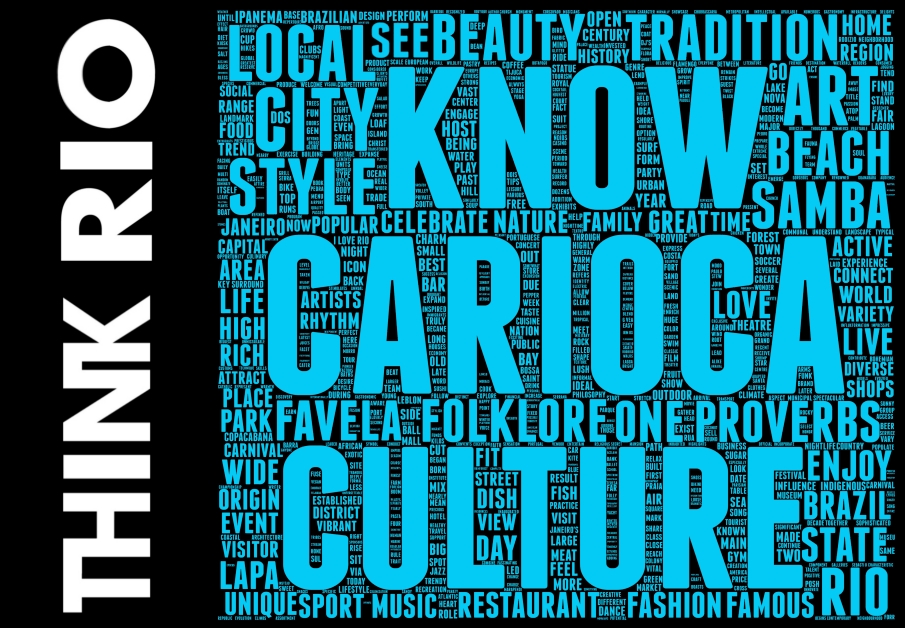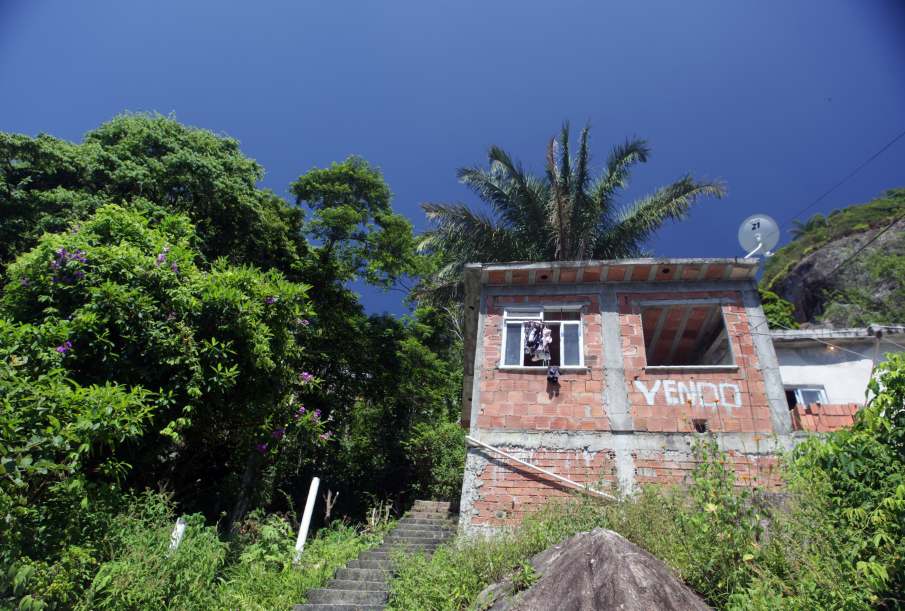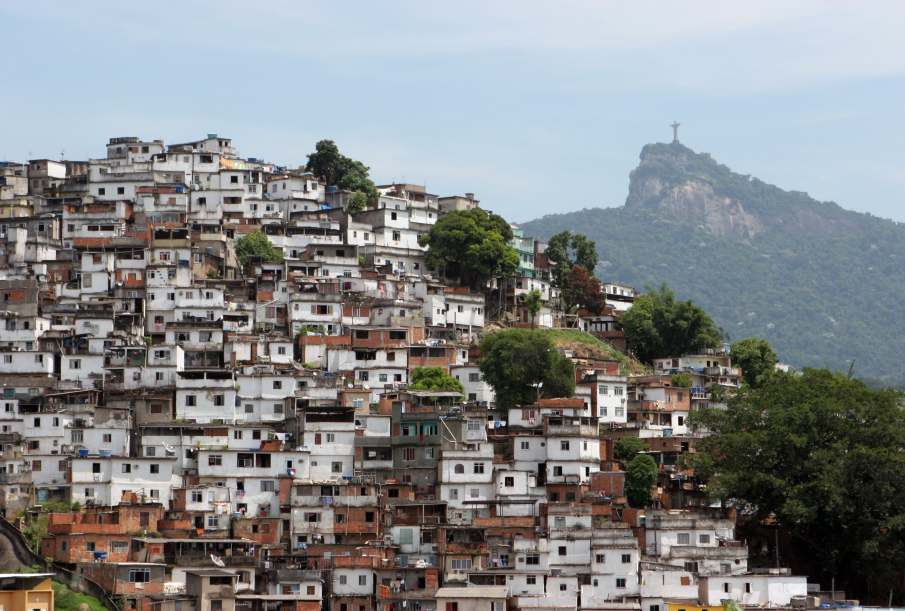

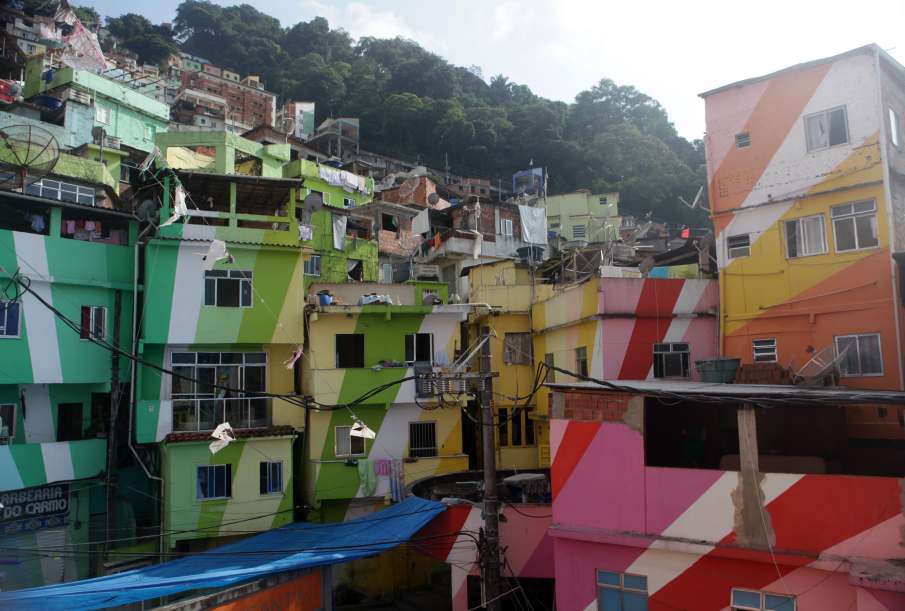
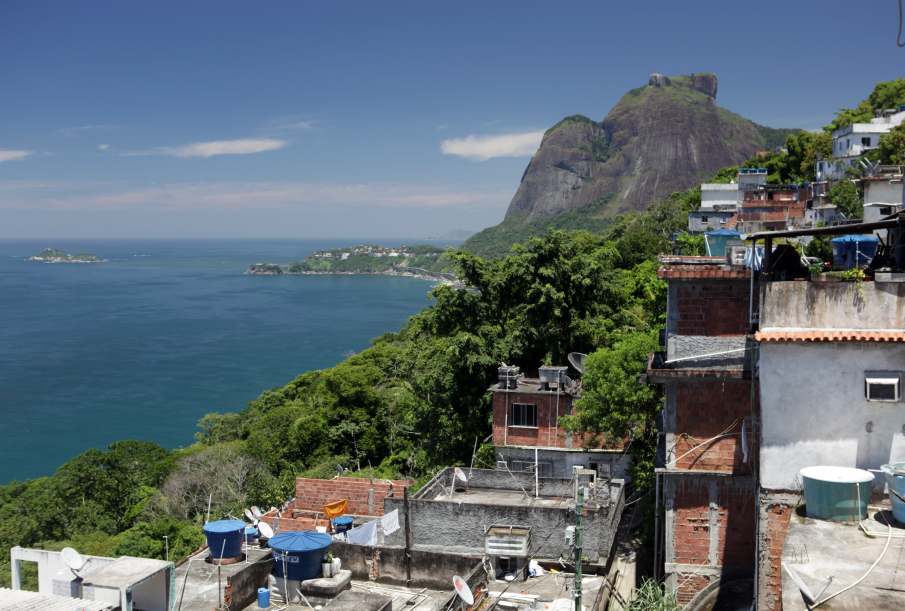
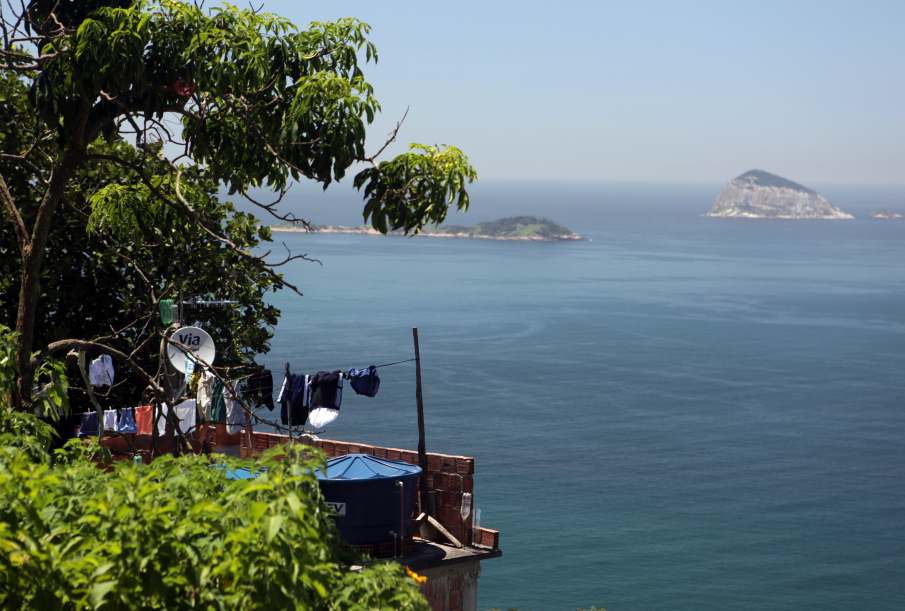
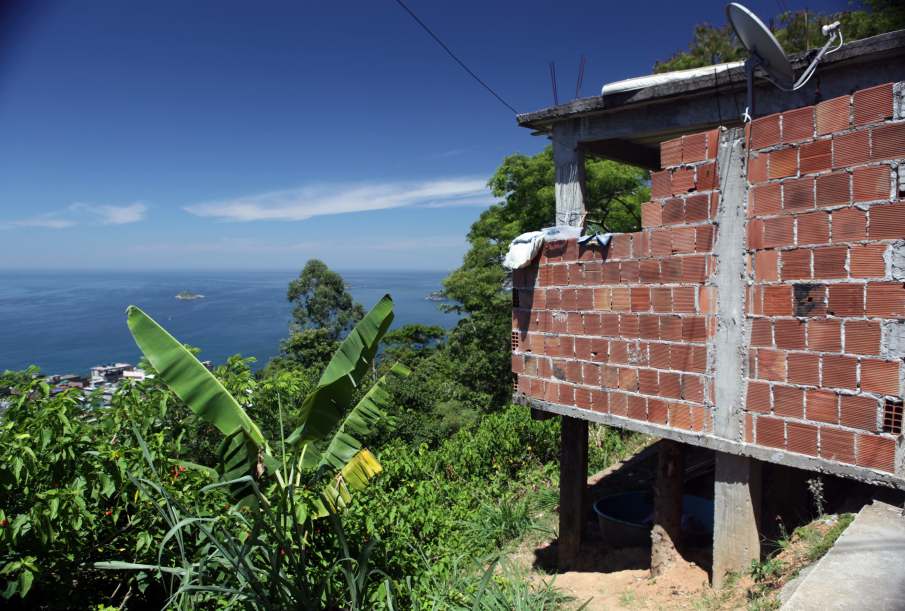
The profit attached to the sale of cocaine led the group to 'militarize'. Hierarchically structured gangs were implanted in the favelas to defend strategic sale points - Each favela had an 'owner', who was an affiliate of a specific faction, and residents were controlled by these leaders. locals were afraid to report crimes to officials in fear of what may happen to them. This came to seriously affect the police's ability to combat drugs and retain control of the affected communities.
After the occupation of the Unidade de Polícia Pacificadora (UPP) (Pacification Police Unit), the main favela bases of the the faction changed to o
ther communities - The second largest drug cartel and criminal faction in the city, and the factions biggest historic rival, came to power between in the 1990s inside a metropolitan prison complex.
